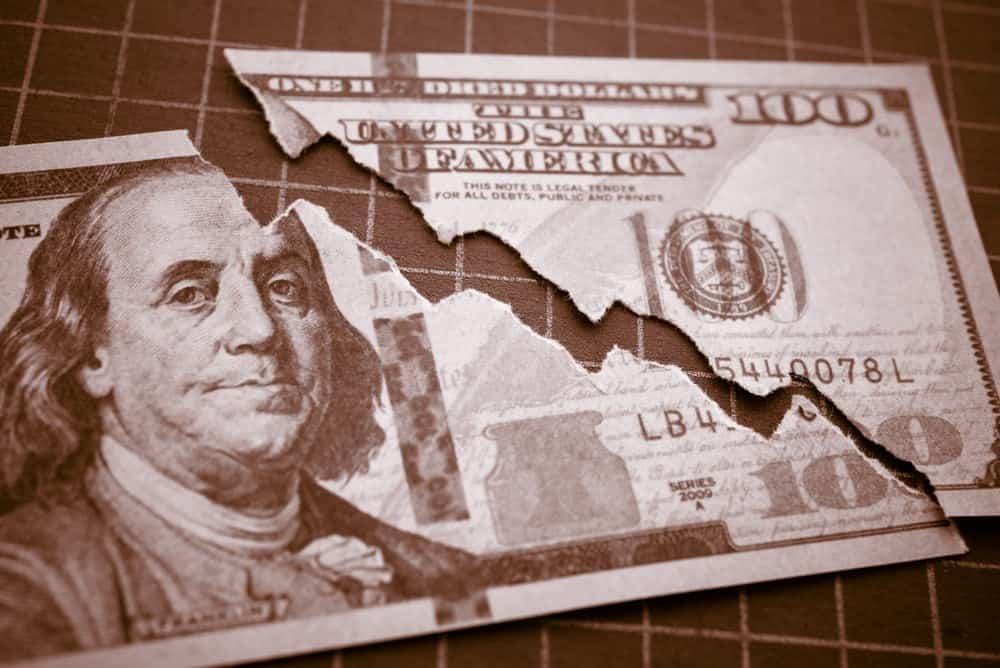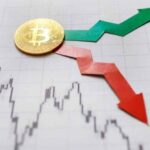With the unprecedented surge in the United States national debt, economists have been warning about a potential debt crisis forming in the country.
Amid fiscal pressures, the U.S. government had to “dramatically increase” the interest rate for its Treasury bonds on November 9, as commented by Wall Street Silver on X. In an effort to secure $24 billion, the Treasury held an auction to sell “a bunch” of 30-year bonds, in the commentator’s words.
Notably, the attempt faced an underwhelming response from investors, requiring a spike in interest rates to attract sufficient buyers. With that, the U.S. 30-year Treasury yield surged to 4.8% in an aggressive move upwards.

This comes in a period where the national debt has constantly increased, with the Treasury Department borrowing a staggering $1.5 trillion in the past four months alone. The scenario is set to repeat, with plans to borrow an additional $1.5 trillion in the coming six months. Such colossal borrowing sprees are a relevant indicator of the growing fiscal deficit the government is grappling with.
U.S. debt’s challenges are increasing
Interestingly, the underwhelming auction outcome forced primary dealers, who act as the market’s backstop, to absorb 25% of the issuance. Primary dealers are a network of banks and financial institutions obliged to participate in Treasury auctions, ensuring a “buyer of last resort” for U.S. debt.
Moreover, notable international holders of U.S. debt, such as China, Japan, Saudi Arabia, and Russia, are reducing their exposures. The absence of these traditionally large buyers puts additional strain on the debt auctions.
Meanwhile, the Federal Reserve has been trying to combat inflation through the rise of interest rates in the country. This environment may necessitate even higher yields on future government debt to attract wary investors.
Analysts are observing these developments closely as the cost of servicing the debt rises, potentially exacerbating the nation’s fiscal challenges. In particular, the CEO of JPMorgan warned about our political and economic context.
“This may be the most dangerous time the world has seen in decades.”
— Jamie Dimon
As investors’ appetites for long-term debt appear to wane, the requirement for funds escalates. In the meantime, these economic indicators will be critical barometers of the U.S. government’s fiscal health.








